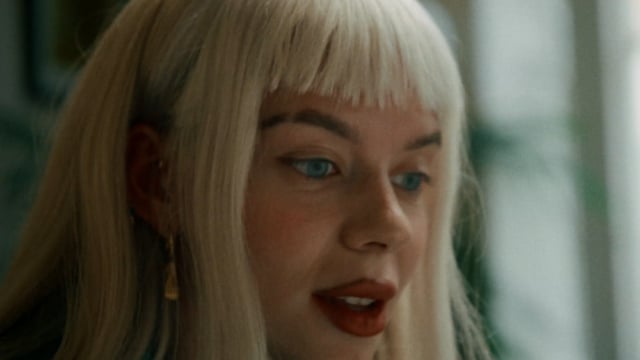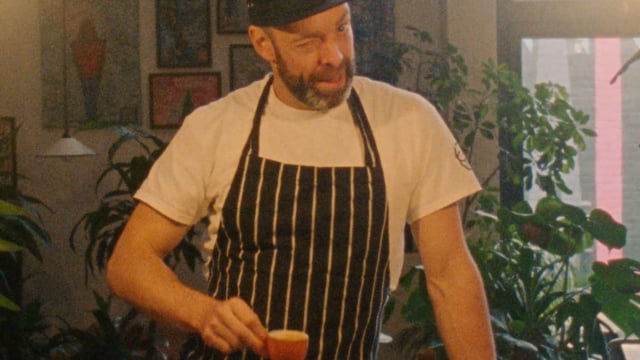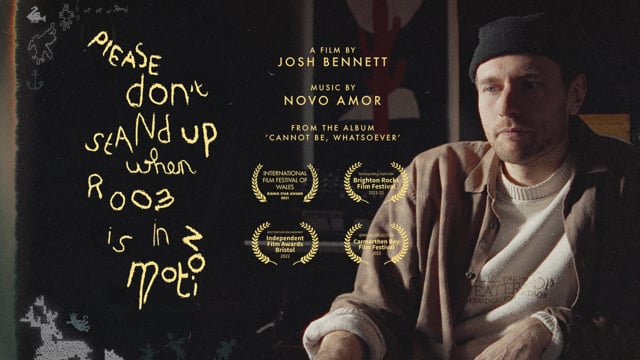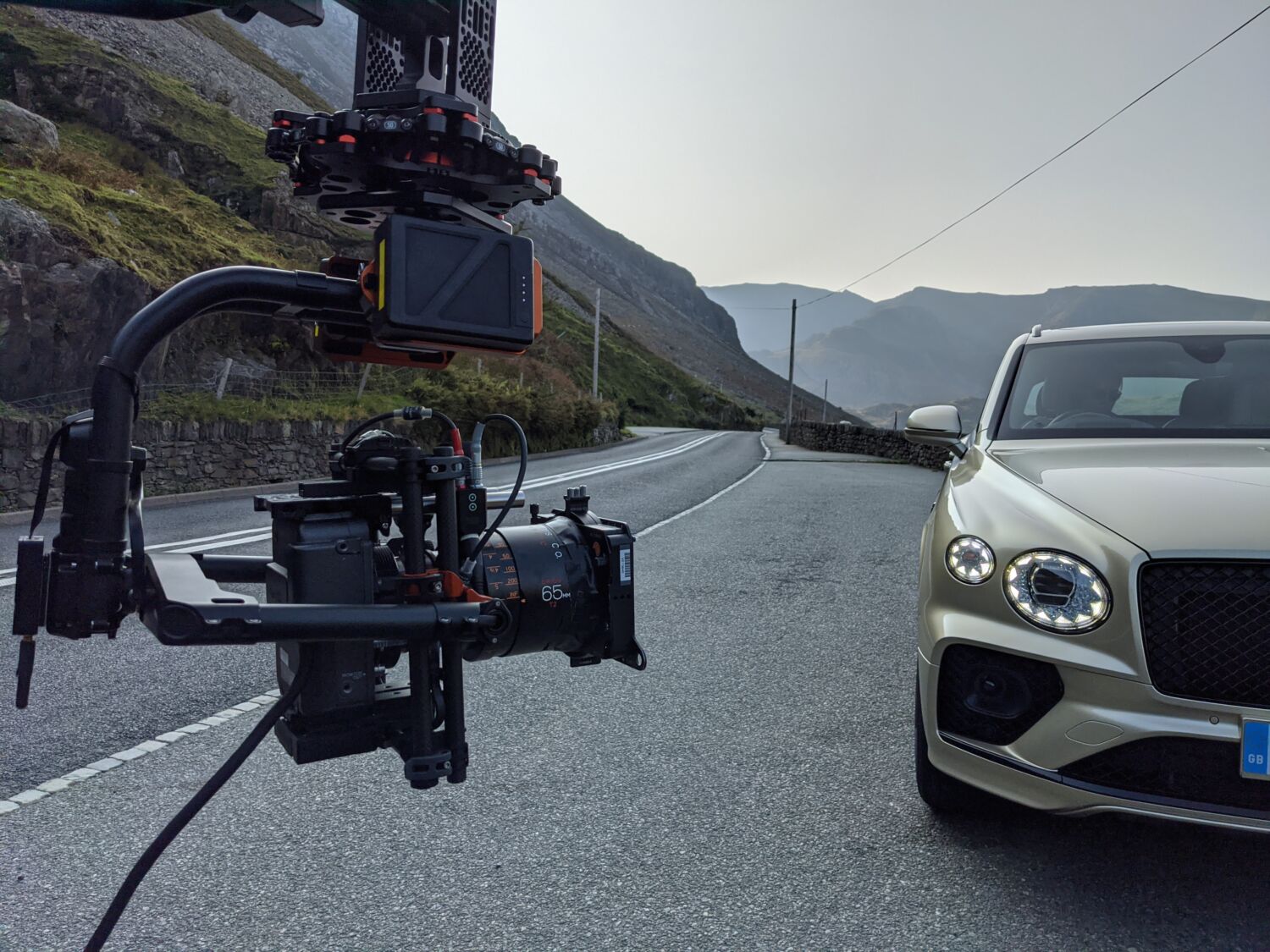5 Tips on Making a Documentary: From Concept to Camera
So you’ve decided to dive into the world of documentaries? Awesome choice! Whether you’re passionate about storytelling, capturing real-life events, or shedding light on untold narratives, documentaries are an incredible way to connect with audiences. But, like any filmmaking process, there’s more to it than just pointing a camera at something interesting.

Creating a compelling documentary involves creativity, research, and a whole lot of planning. But don’t worry - we’ve got you covered with these five essential tips to help turn your vision into a reality. Let’s break it down:
1. Find Your Story and Focus on a Clear Message
First things first: every great documentary starts with a strong story. It might sound obvious, but it's crucial to know exactly what you’re trying to say. Are you uncovering a hidden truth, shining a light on a social issue, or telling a personal journey? Your documentary needs to have a clear direction and a compelling hook that grabs people’s attention and makes them care.
Spend time thinking about what motivates you to tell this story. Ask yourself these questions:
Why is this important right now?
Who is this story for?
Where is the documentary being shown? E.g. Youtube, Vice, Vox etc
What are the key takeaways you want your audience to walk away with?
Don’t be afraid to start with a broad idea and narrow it down. The best documentaries don’t try to cover too much ground - they focus on a central theme and build the narrative around it. Take the time to really hone in on your subject, and make sure it’s something that resonates with you. After all, your passion will shine through in the final product.
2. Research, Research, Research!
Once you’ve locked in your story, it’s time to dive into research mode. A well-researched documentary is a powerful one, and the more you know about your subject, the stronger your narrative will be. Dig into articles, books, interviews, and anything you can find related to your topic. Talk to experts, investigate different perspectives, and try to uncover information that hasn't been widely shared before. This is where your documentary can really stand out from the rest.
Research also helps you identify key characters and interview subjects for your documentary. Think about who can help tell your story - whether it’s an expert, someone with first-hand experience, or a person whose life has been directly affected by your subject. The people you choose to interview will often become the emotional core of your documentary, so choose wisely.
Pro Tip: Use research to uncover unexpected twists or angles that can make your documentary even more engaging.
Once you've conducted thorough research, your documentary will have a solid foundation. Research shapes your narrative, uncovers new perspectives, and helps identify key interview subjects. STORM+SHELTER is here to bring that vision to life! Whether you need creative input or full production support, they specialise in crafting compelling, well-researched stories that resonate with audiences. Their expertise will ensure that your documentary tells a powerful story and stands out in the industry.
Ready to take the next step? Contact STORM+SHELTER today!

3. Pre-Production Planning is Key
Planning your documentary is like laying the foundation for a house. Without a solid plan, things can fall apart quickly. Pre-production involves figuring out the logistics - everything from budgeting and scheduling to securing locations and equipment.
Here are a few key steps to keep in mind during pre-production:
Create a Budget: Whether you have a small budget or a big one, knowing where your money is going is essential. Consider costs for equipment, travel, crew, and post-production.
Scout Locations: Make sure you know where you’ll be filming and secure permissions or permits if needed. Documentaries often require shooting in public places or private homes, so this is important.
Make a Shot List: This isn’t a Hollywood blockbuster, but having a basic shot list will help you stay focused during filming. Think about the visuals that will complement your narrative and plan to capture those scenes.
Gather Your Gear: The equipment you use can make a big difference in the quality of your documentary. Even if you’re working with a smaller budget, make sure your camera, microphones, and lightning are up to the job.
Link to S+S work: BETT, Better Together - Mark Martin MBE
4. Get Personal and Build Trust with Your Subjects
Documentaries thrive on personal stories and emotional connections. Your subjects are the heart and soul of your film, so it's crucial to establish trust and build genuine relationships with them. This will allow them to open up on camera and share their experiences in a raw, authentic way. An introductory call with the subjects before the principle photography can help you plan forward, avoid any potential curveballs and crafts the story around their answers. It’s also a great way to make your subjects feel comfortable and confident beforehand, win-win.
During interviews, make sure to create a comfortable environment. Don’t rush the process - let your subjects talk freely, and listen actively. The best moments often come when people forget they’re being filmed and just speak from the heart. And remember, the stories you capture don’t have to be perfectly polished. It’s the raw, human moments that will resonate most with your audience.
Also, be sure to ask open-ended questions that encourage your subjects to go deeper. Instead of asking yes-or-no questions, prompt them with questions like, “How did that make you feel” or “What was going through your mind at that moment”
Pro Tip: Spend time with your subjects off-camera to build rapport and understand their world better. This will make for more genuine interactions when you start filming.
Link to S+S Work: Ampify Sounds - Lee Malcolm
5. Editing: Where the Magic Happens
The editing room is where your documentary truly comes to life. After hours of footage and interviews, this is your chance to craft a compelling story that flows smoothly from scene to scene. But don’t let the idea of editing overwhelm you - it’s simply about shaping the narrative and bringing your vision into focus.
Start by reviewing all your footage and organising it into categories (interviews, B-roll, action shots, etc.). From there, identify the strongest moments that align with your documentary’s theme. These are the moments that will form the backbone of your story.
A great documentary is all about pacing, so don’t be afraid to take your time with this part of the process. Music and sound design can also play a huge role in setting the tone of your film. Choose a soundtrack that enhances the mood and helps convey the emotions you want your audience to feel.
And remember: less is often more. Be selective with your footage and don’t feel the need to include everything. Trim the fat, focus on the strongest moments, and trust your instincts.
Pro Tip: Test your rough cut with a small group of trusted viewers. Getting feedback early can help you identify any areas that need improvement before the final cut.

Time to Get Rolling!
With these five tips in mind, you’re well on your way to creating a documentary that captivates, informs, and inspires. Documentaries offer a unique opportunity to tell stories that matter, share truths that need to be heard, and connect with audiences in a deeply personal way.
Whether you’re tackling a social issue, exploring a niche interest, or documenting a personal journey, the world is ready for your story. Now, it’s time to grab your camera, start rolling, and create something amazing!
Ready to bring your documentary idea to life? At STORM+SHELTER, we’re experts at crafting engaging, powerful video content. Get in touch with us today and let’s make your vision a reality!

